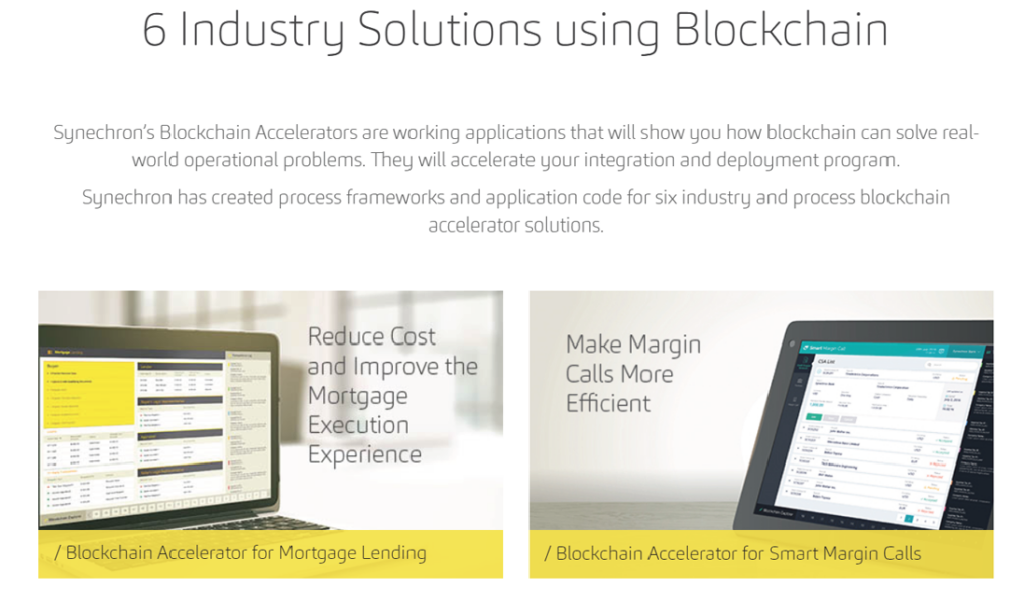
Marketing for consulting services typically consists of long presentations that feature dense PowerPoint slides illustrating a firm’s philosophy, frameworks, and methodologies. What can be lost on clients are the solutions and benefits that will help move their business forward. The solutions marketing brochure fills the gap.
A solutions marketing brochure is not designed to explain all of the things you offer, your entire process, or your complete thinking about an industry. Rather, it is designed to show the client what they get and why you are the best ones to provide it to them. Brochures are sales tools.
Professional Services Brochure
Collin provides an overview of a method developed by chief marketing officer George Ravich, president of Ravco Marketing. George is a master of making professional services into marketable products and solutions. Our work on a series of brochures for technology consultancy Synechron crystallized our method of brochure copywriting.
Why
- Captures interest and prompts buyer engagement.
Use Cases
- Follow up to a sales presentation sent by email, posted on websites, or ideally as a printed piece left behind after an in-person meeting.
- Detail the solutions and benefits that a specific service provides to clients.
- Show how your firm makes a client’s business work better.
Method
Focus on the audience for the service: who they are, what level in the organization, and what problems you think they have. Write these content elements:
A short problem statement. George always instilled in us that the potential clients understood the problem better than we do. Our brochures did not tell the client what they needed.
What we provide. State clearly what you are selling to the client. Focus on a specific service, such as Cloud Capabilities Assessment, Payment Card Program Management, or Anti-Money Laundering Compliance.
Why we are different. Provide points of differentiation: the results you can provide to clients that other firms cannot.
Benefits to the clients. These are direct statements of what a customer gets, such as reduced costs. Ideally, each statement will be quantified in some meaningful way.
Proof. Short case studies and examples are woven into the copy, set off in a sidebar, or used as pull-out quotes.
Features and technologies supported. List them at the end or set them off in a sidebar. These details support the sales case. They are not the show and really not what you are selling. If possible, focus on what your firm does well and better than competing firms.
For an overview of a professional services campaign that used this method, see our Synechron Blockchain Now case study.
Contact us if you’re interested in our services at collin@canrightcommunications.com



